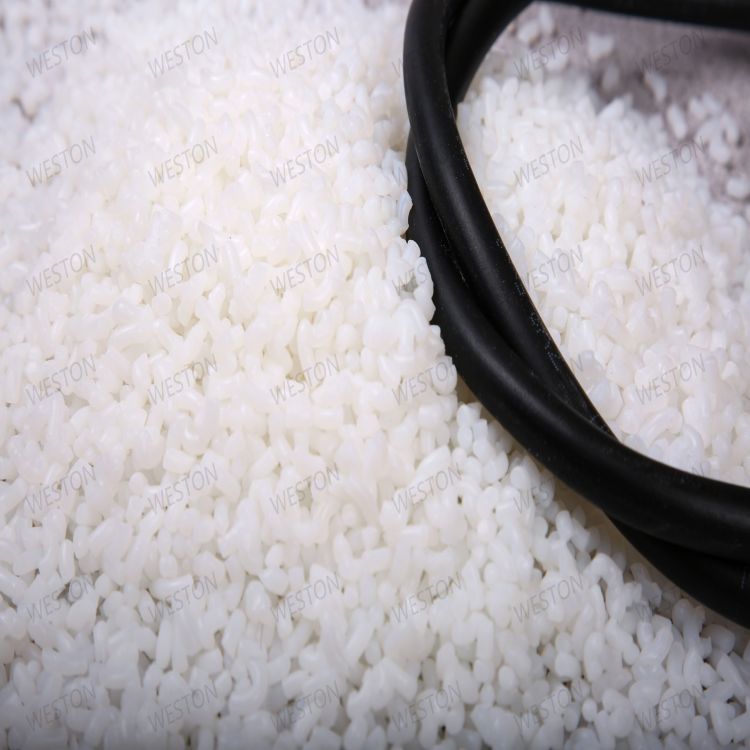-
Categories
-
Pharmaceutical Intermediates
-
Active Pharmaceutical Ingredients
-
Food Additives
- Industrial Coatings
- Agrochemicals
- Dyes and Pigments
- Surfactant
- Flavors and Fragrances
- Chemical Reagents
- Catalyst and Auxiliary
- Natural Products
- Inorganic Chemistry
-
Organic Chemistry
-
Biochemical Engineering
- Analytical Chemistry
- Cosmetic Ingredient
-
Pharmaceutical Intermediates
Promotion
ECHEMI Mall
Wholesale
Weekly Price
Exhibition
News
-
Trade Service
Lu Yong's research group at East China Normal University has made important progress
in the preparation of olefins by low-temperature methane oxidative coupling (OCM).
The results were recently published in the journal
Science Advances.
According to reports, at present, breakthroughs have been made in the research on indirect synthesis of low-carbon olefins through syngas through non-petroleum resources, but the long indirect synthesis process and the high temperature, high energy consumption and high material consumption of syngas are also indisputable facts
.
The direct conversion of methane has always been the ideal path for scientists, but it is extremely challenging
.
Inspired by studies such as "methane low-temperature electrochemical oxidation to methanol", researchers have deduced that effectively reducing the activation temperature of oxygen molecules may be the "key"
to open the door to low-temperature OCM reactions 。 Therefore, they proposed a new idea of "low-temperature chemical cycle activation of oxygen molecules to drive low-temperature OCM reaction", and targeted the selection of titanium dioxide additives that can form compounds with MnxOy at low temperatures, and modified the related materials, so that the reaction temperature was greatly reduced from the original 800~900 °C to 650 °C, and still obtained more than 20% methane conversion rate and more than 60% product selectivity
.
At the same time, the low-temperature chemical cycle has a synergistic catalytic effect with sodium tungstate, which realizes the highly selective regulation
of the target product.
The researchers also proposed the criterion for the threshold of catalyst lattice oxygen conversion rate, that is, no matter what reaction temperature, as long as the catalyst lattice oxygen conversion rate can reach the threshold and above, the catalyst has good catalytic performance
.
In addition, the catalyst has good stability, running stably at 720°C for 500 hours without signs of
inactivation.
At the same time, the conversion rate of methane and the selectivity of products such as ethylene have always remained above
26% and 76%.







